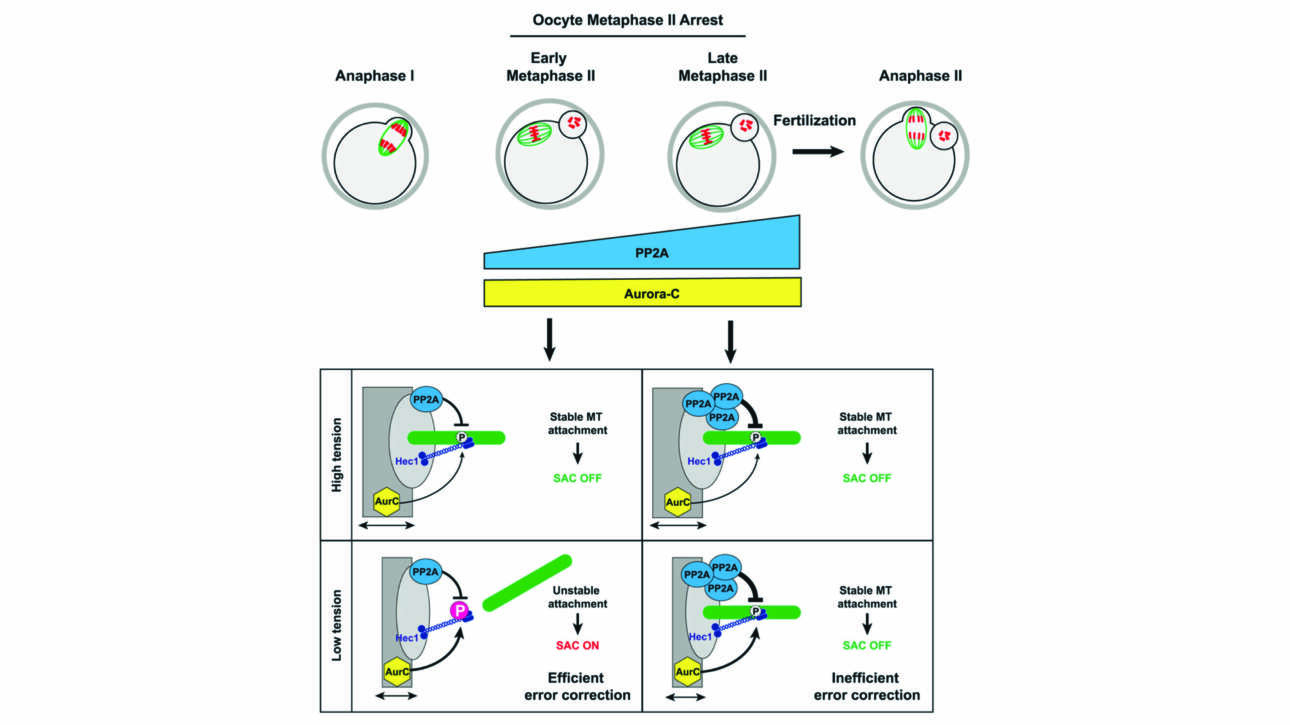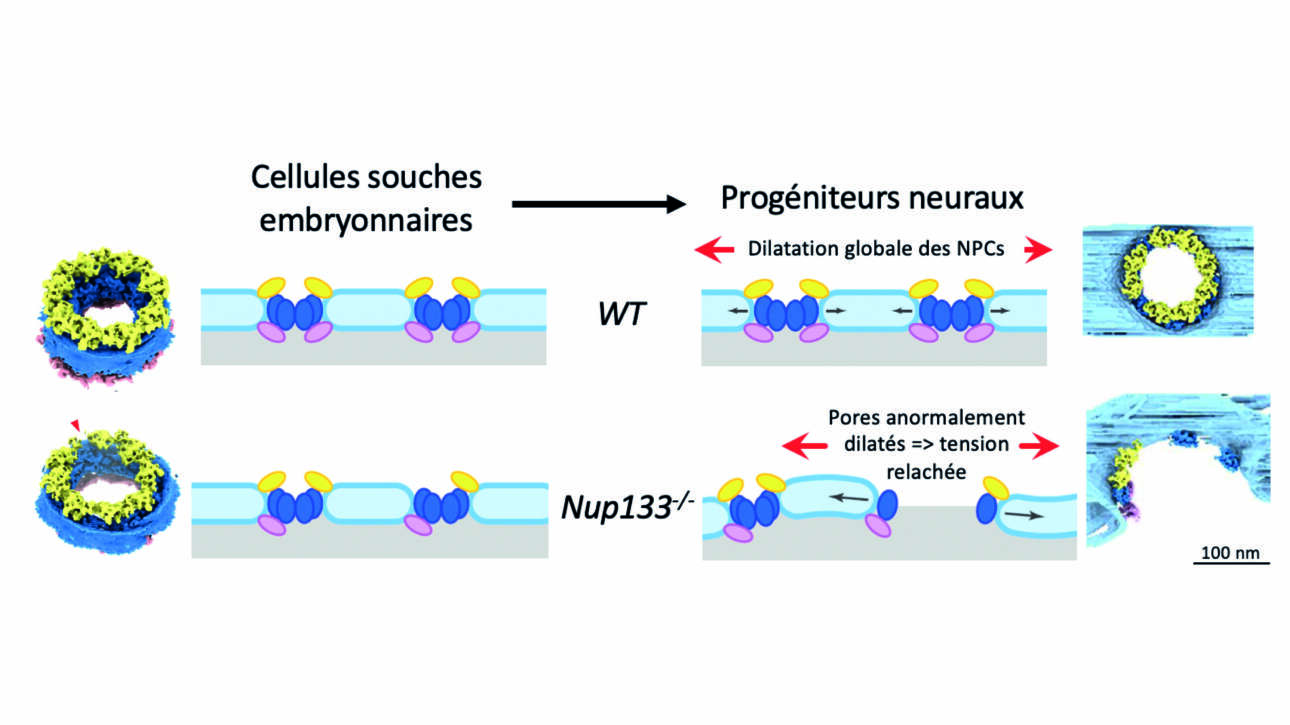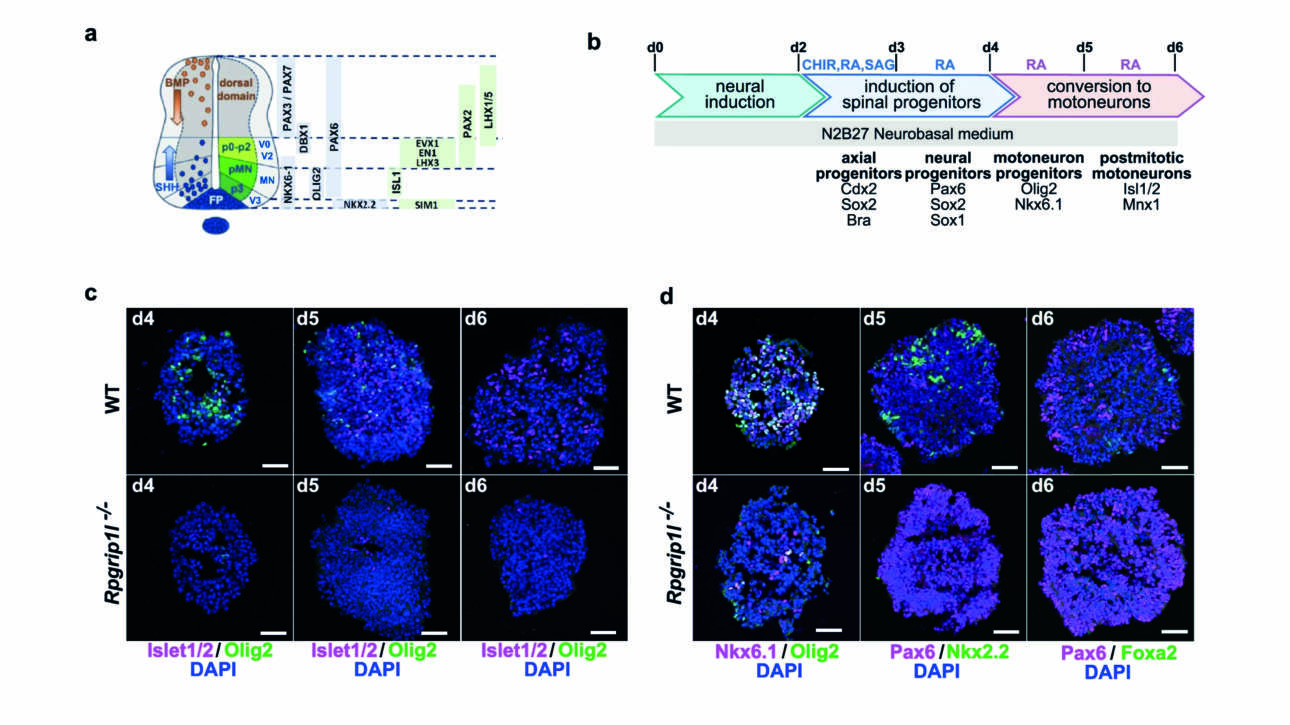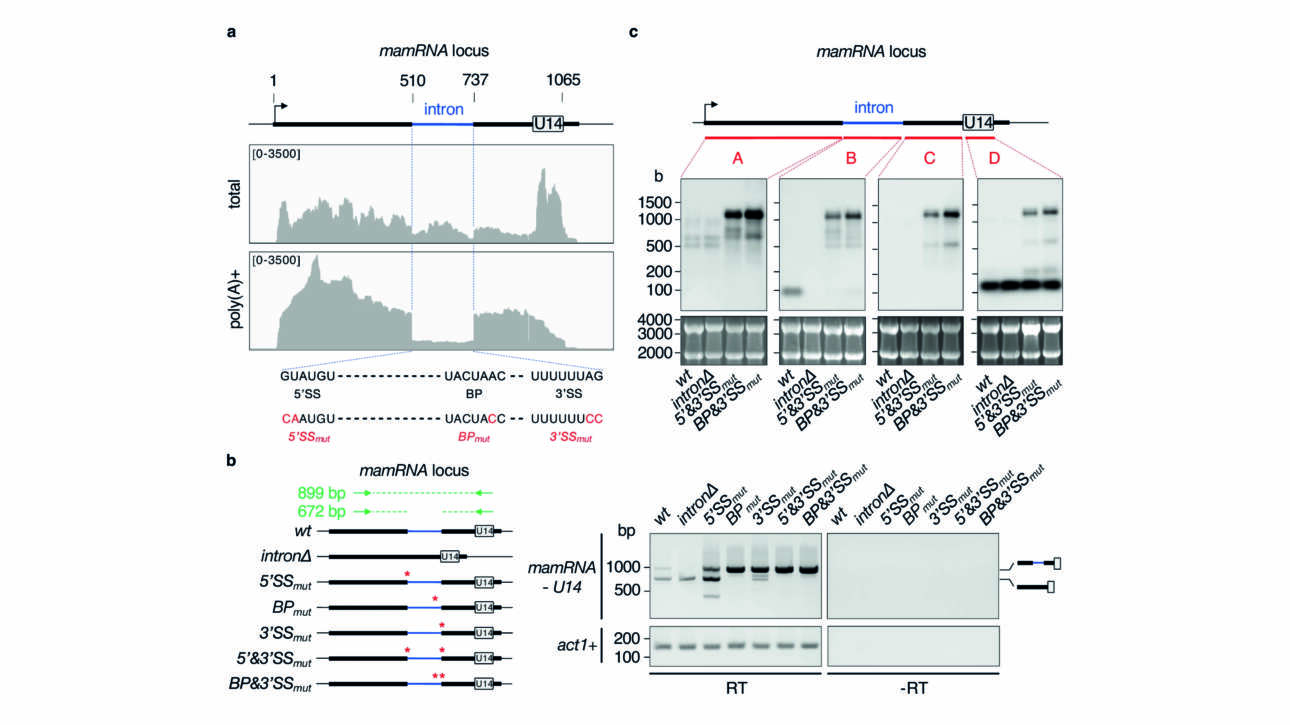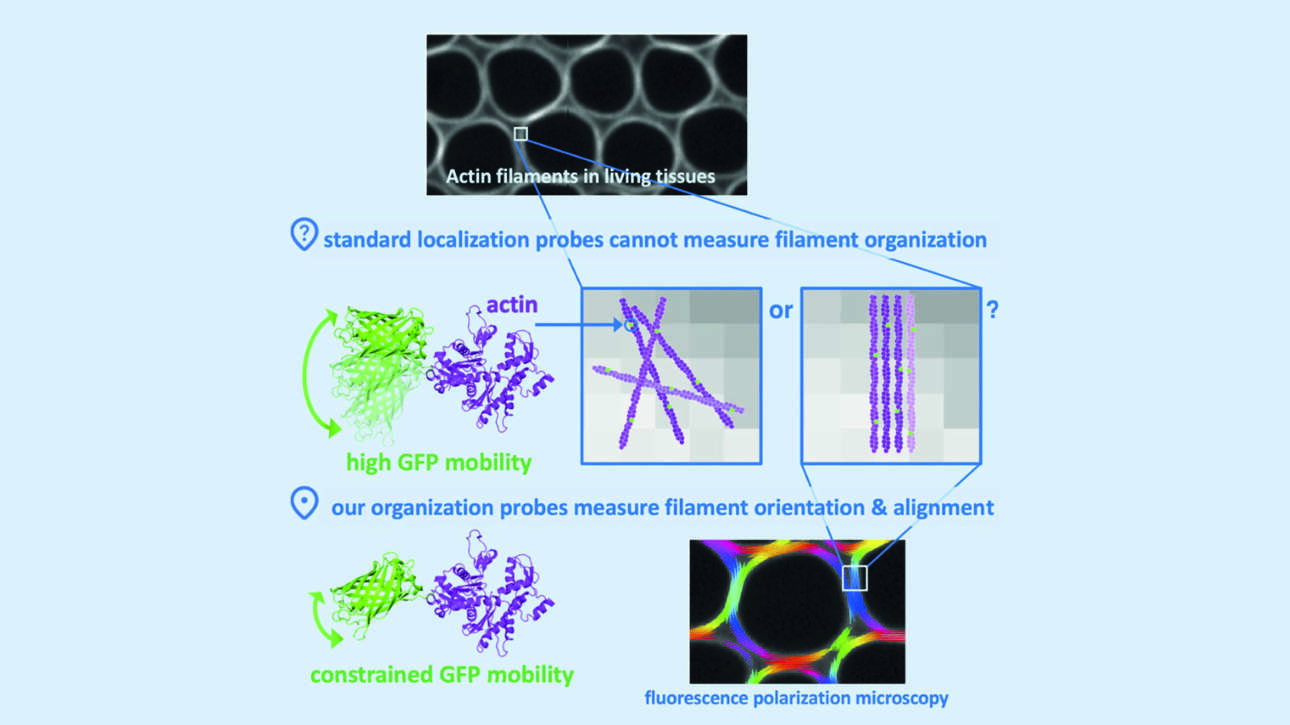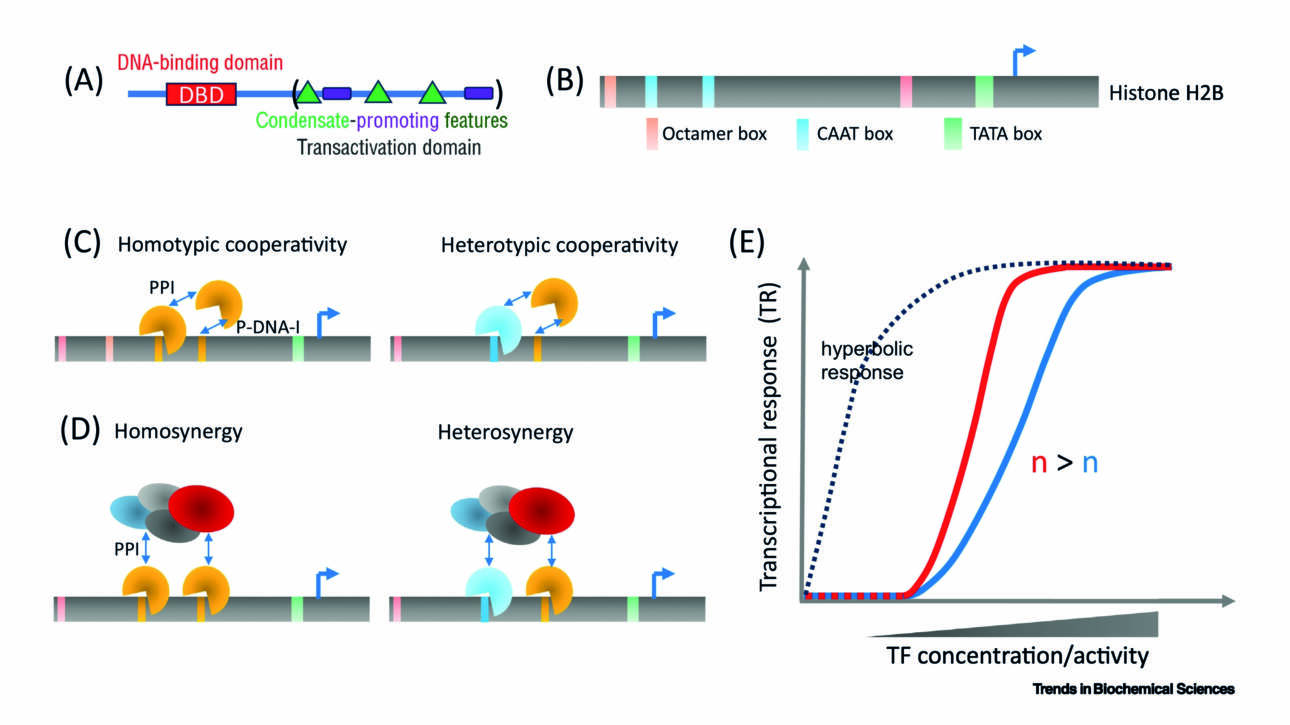The Wassmann Lab published a new article in Current Biology:
Prolonged metaphase II arrest weakens Aurora B/C-dependent error correction in mouse oocytes
Abstract:
Segregation errors in meiosis lead to aneuploid gametes and consequently to the development of trisomies, spontaneous abortion and fertility issues. Chromosome attachment to the microtubules of the bipolar spindle is a prerequisite for…
